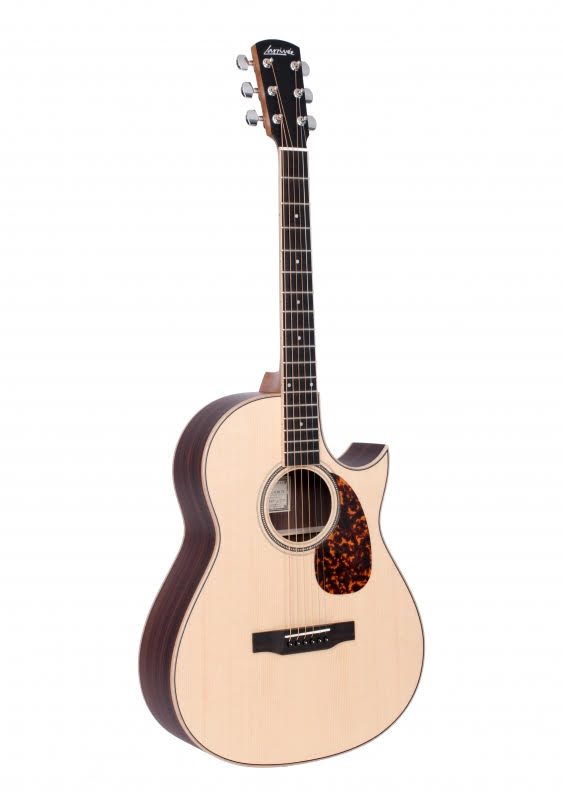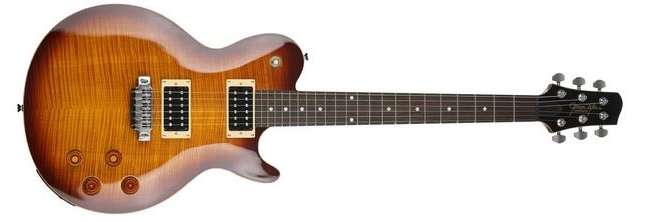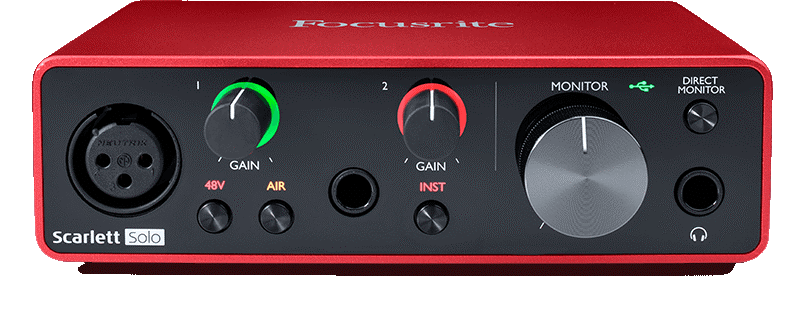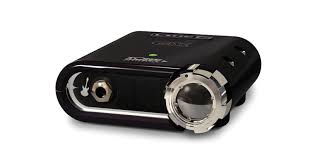With the advent of Apple’s new M1, M2 and now M3 chips, you may be wondering what the best Mac for music production is, or indeed the best Macbook for music production if you are looking for a more portable, on-the-go option.
While computing power has certainly come a long way, the demands of modern music production have increased dramatically as well. There are four main considerations when choosing the right Mac or Macbook Pro for music production:
- Processor
- RAM
- Hard drive
- Connections, including number and type of USB, firewire, thunderbolt and/or HDMI ports
 Fortunately, unless you plan on video editing or gaming, the graphics card in the machine is less important. You can therefore save the hassle of looking for a high specification graphics solution. You may need to bear in mind the number of monitors which can be connected to the Mac or Macbook and we will cover this later in the article.
Fortunately, unless you plan on video editing or gaming, the graphics card in the machine is less important. You can therefore save the hassle of looking for a high specification graphics solution. You may need to bear in mind the number of monitors which can be connected to the Mac or Macbook and we will cover this later in the article.
These days there are two main types of software tools which are used in music production, aside from your Digital Audio Workstation (DAW): sample, or virtual, libraries, and software synthesizers and plugins. In the case of the first, your RAM and hard drive are most important, and for the second, your machine’s processor speed is more important.
At this time, it is worth noting that the new Apple M1, M2 and M3 chips are so much more powerful that it’s best to select a Mac with these chips instead of an Intel chip. This doesn’t need to break the bank, as we will see below. Just note that the latest M3 chips are only available in Apple’s new iMac and Macbook Pro models at the time of writing. Let’s look at the best choices in each of the following categories.
Cost Effective Options
- Mac Mini
This is among the greatest value to be found from Apple’s range of computers. Featuring the latest M2 Pro chip, up to 32GB memory and up to 8TB built in storage, it can also get quite powerful. The entry level model with the M2 chip, 8GB RAM and 256GB SSD is $599. You would need your own display and devices, but this specification is already fairly powerful. Just note that 8GB RAM won’t allow you to load too many virtual sample libraries before you start having trouble.
- Macbook Air – Also the Most Portable Option
This is another great budget option, and ultra lightweight for portability too. The base M1 model with a 13 inch screen comes in at $999. Just note that you only get two USB 4 ports on this, so if you’re planning to connect up for example your MIDI keyboard, an audio interface and an external mouse, you might need to plan ahead for a USB hub. There is now also a 15 inch Macbook Air model, which makes use of the M2 chip, starting at $1,299. Again, there are only two USB 4 ports on this bigger model, so keep this in mind when considering peripherals.
Most Powerful Mac for Music Production
- Mac Studio
This is one of the most powerful computers available today. The base model comes in at $1,999 and features an M2 Max with 32GB RAM, which can be expanded up to an M2 Ultra processor with 192GB RAM, plus an internal SSD of 8TB. This maxed out model currently retails for an eye-watering $8,799. And remember that you’ll still need to purchase your own display with the Mac Studio.
If you’re planning on running large DAW projects, for example including hundreds of instances of Native Instruments’ Kontakt with large sample libraries such as orchestral packages, as well as processor hungry plugins, then this might just be the machine for you. It most likely is the best mac for music production in existence today.
Good balance
- M3 Pro Macbook Pro 14”
If you’re looking to strike a balance between cost, power and portability, the latest M3 Pro Macbook Pro (14 inch screen size) may work well. The base model with 18GB RAM, 512GB SSD and the M3 Pro chip retails currently for $1,999. You’ll also find three USB 4 / Thunderbolt ports, as well as a separate HDMI port. If you’re planning to run demanding, but not extreme projects in your DAW, this is a very capable machine. In particular, in our experience, multiple instances of processor hungry plugins like Massive X or Zebra 2 can be run without the fan even coming on. 18GB of RAM is plenty for various Kontakt instances, but perhaps not for the hundreds you might require in some circumstances, for example when composing trailer music.
Be aware that if you step down to the M3 Macbook Pro 14” (so the same as above, but with the M3 chip instead of the M3 Pro chip), there are only two USB 4 / Thunderbolt ports on that model.
Check out Apple’s Mac range here: https://www.apple.com/mac/
Important Note on Apple Silicon Software Support
Not all software developers, sample libraries, DAWs and plugins are Apple Silicon native yet, meaning they may not run natively on Apple’s M1, M2 or M3 chips. However, the good news is that Apple’s macOS uses a system called Rosetta 2 to translate non-native plugins so that they can run on the latest Apple Silicon chips, with high performance regardless. And what’s more, many of the top developers have now updated their plugins to run natively on Apple silicon. For example, Native Instruments’ Kontakt, Massive X and Guitar Rig 6, as well as many of their other plugins can now run natively on Apple Silicon, as can be seen here in this updated list: https://support.native-instruments.com/hc/en-us/articles/360014683497-Apple-Silicon-M1-M2-Compatibility-News
You’ll also find many software synthesizers are now compatible with Apple Silicon, for example, U-he’s Zebra synthesizer: https://u-he.com/products/zebra2/releasenotes.html
Also be sure to check compatibility with the latest macOS version, not just with the hardware chips.
External Storage
As you might expect, upgrading the internal storage of the computers above when purchasing from Apple can be very costly. The good news is that you can expand your storage with an external SSD harddrive. (Make sure to use SSD rather than HDD for external sample libraries for the best performance and loading times). Remember however that this will use up one of your USB / Thunderbolt slots. There are workarounds, such as Apple’s multi input cable available for $69 from Apple direct: https://www.apple.com/shop/product/MUF82AM/A/usb-c-digital-av-multiport-adapter
External Displays
If you’re looking to connect multiple external displays, then you may want to consider the M3 Macbook Pro 14” or 16” models, which are probably the top options for the best macbook for music production currently available. The M3 Pro chip supports up to two external displays and the M3 Max supports up to four. Of course, you can also consider the Mac Studio which can handle five external displays. Be aware that the latest Macbook Pro 13” model can only support a single external display. This particular model no longer appears to be for sale on Apple’s website (though it may be available at other retailers).
M3 Apple Silicon
The latest Apple chip, the M3, is a significant step up if you’re currently on the M1 or even M2. And this is not just in terms of performance, but also in efficiency i.e. battery consumption. Performance metrics vary according to the task at hand, e.g. graphics rendering or CPU load. For example in graphics tasks the M3 can deliver the same performance while using about half the M1’s energy consumption. Overall, the M3 is also 30% to 50% faster than the M1. Furthermore, the M3 Max chip supports up to 128GB of RAM. This makes the top Macbook Pro a serious contender for the most best Mac for music production. For more details on the improvements in the M3 chips, check out Apple’s page here: https://www.apple.com/newsroom/2023/10/apple-unveils-m3-m3-pro-and-m3-max-the-most-advanced-chips-for-a-personal-computer/
Article written by Mercer Lincoln.
 When discussing who is the greatest guitarist in the world, we all tend to have our favorites. But when it comes to acoustic guitar and finger-picking style, the name Tommy Emmanuel usually comes to everyone’s mind. So it’s not surprising that one of the best acoustic guitar players of all time and one of the finest guitar manufacturers in the world come together to develop a new instrument.
When discussing who is the greatest guitarist in the world, we all tend to have our favorites. But when it comes to acoustic guitar and finger-picking style, the name Tommy Emmanuel usually comes to everyone’s mind. So it’s not surprising that one of the best acoustic guitar players of all time and one of the finest guitar manufacturers in the world come together to develop a new instrument.

